WASHINGTON (AP) — Republicans control Congress so President Donald Trump’s pledge to boost the Pentagon budget by tens of billions of dollars should be a sure bet.
It’s not.
Trump faces skeptical Democrats whose support he’ll need and resistance from fiscal conservatives opposed to repealing a 2011 law that set firm limits on military and domestic spending. Unless the president figures out a way to mollify the disparate camps, he’ll have a tough time delivering on a signature campaign promise to rescue the armed forces from a festering financial crisis.
Senior U.S. commanders have flatly warned that the spending caps set by the Budget Control Act are squeezing the armed forces so hard that the number of ready-to-fight units is dwindling. That means beating powers such as Russia or China is tougher than it used to be as aging equipment stacks up, waiting to be repaired, and troops don’t get enough training.
Gen. Daniel Allyn, the Army’s vice chief of staff, startled many lawmakers when he testified recently that just three of the service’s 58 active-duty and reserve brigade combat teams are ready to fight at a moment’s notice.
Allyn and other four-star officers pleaded during separate hearings in the House and Senate for the spending limits to be repealed, clearing the way for the bigger budgets they say are needed to stop the military’s readiness for combat from decaying further.
“We need to act now before it’s too late,” said Gen. Stephen Wilson, the Air Force’s vice chief of staff.
The average age of Air Force aircraft is 27 years, according to Wilson, who added that more than half of the service’s inventory would qualify for antique vehicle license plates in Virginia. On top of that, the Air Force is short 1,500 pilots and 3,400 aircraft maintainers, he said.
The Navy and Marine Corps are experiencing the same turbulence.
Trump, speaking at a White House news conference on Wednesday, said he’s ordered a plan for a “massive rebuilding” of the armed forces. He didn’t disclose how much he expected his blueprint to cost.
National security hawks in Congress have suggested a defense budget of $700 billion in 2018 — more than at any point during the wars in Iraq and Afghanistan. The total, which includes $60 billion for overseas combat operations, is $91 billion over the mandatory spending cap.
That’s just a down payment to begin digging out of a readiness problem the Pentagon’s top brass says will take years to fix. GOP Sen. John McCain of Arizona, chairman of the Senate Armed Services Committee, has envisioned annual increases of between 3 percent and 4 percent, culminating with an $800 billion budget for the armed forces in 2022.
Securing these sizable and sustained increases will require repealing the Budget Control Act. Trump, however, has proposed to eliminate only the budget limit on defense. That’s a nonstarter for Democrats, who have long demanded parity between the two board categories of federal spending.
They’ve argued that Trump’s approach will continue to restrict the budgets of the departments of State, Treasury and Justice, all of which play essential national security roles.
“We’ve always insisted, on our side of the aisle, that as long as the caps are in place, there should be equal relief,” said Sen. Tim Kaine of Virginia, the top Democrat on the Senate Armed Services readiness subcommittee.
Trump will need at least a handful of Democrats on his side: It’ll take 60 votes in the Senate to undo the budget law and Republicans hold 52 seats.
Republicans hold a larger majority in the House, but the party’s deficit hawks are a significant obstacle. They see the caps as blunt yet effective tools to curb federal spending and prevent the national debt from spiraling further out of control.
“We’re walking into a financial train wreck that is going to have implications not just in terms of national security but in terms of everyone’s financial security,” said Rep. Mark Sanford, R-S.C. “It would be disastrous to simply abandon the caps with no other alternative in place.”
But not everyone is convinced that the Pentagon is struggling so mightily.
Lawmakers such as Rep. Jackie Speier, a liberal California Democrat and a member of the House Armed Services Committee, contend the current defense budget of $611 billion is already more than China and Russia spend on their militaries combined.
On top of that, money is being wasted on bases and installations that are no longer needed but remain open because the GOP-led Congress has so far refused to allow a new round of base closures.
“No one wants to see bases close,” Speier said. “But we have a certain pot of money and we’ve got to use it smartly.”
___
Contact Richard Lardner on Twitter: http://twitter.com/rplardner
Copyright 2017 The Associated Press. All rights reserved. This material may not be published, broadcast, rewritten or redistributed.





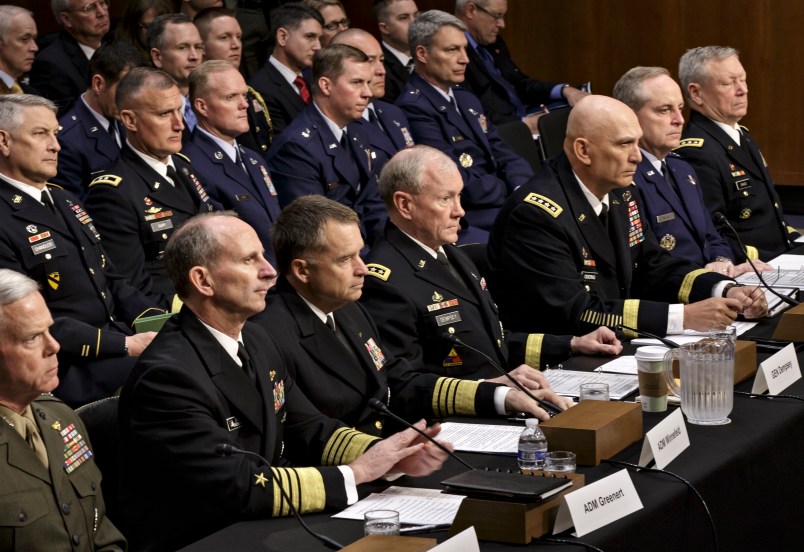
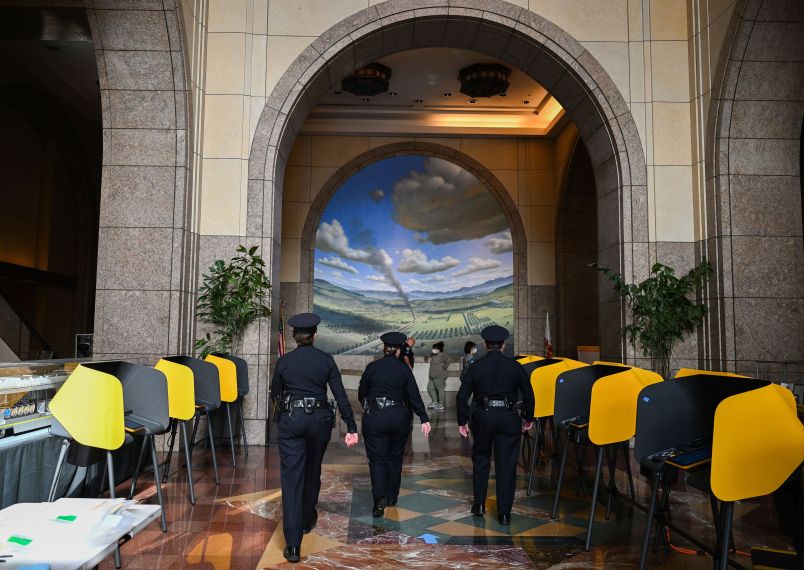
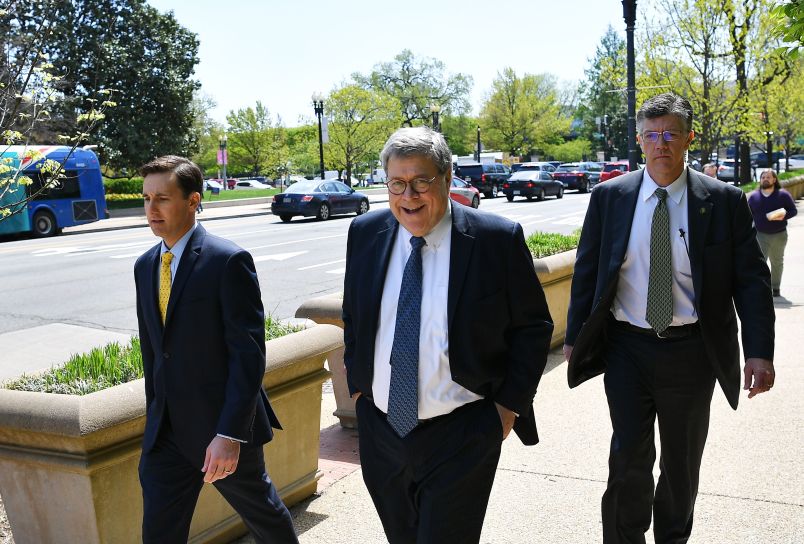
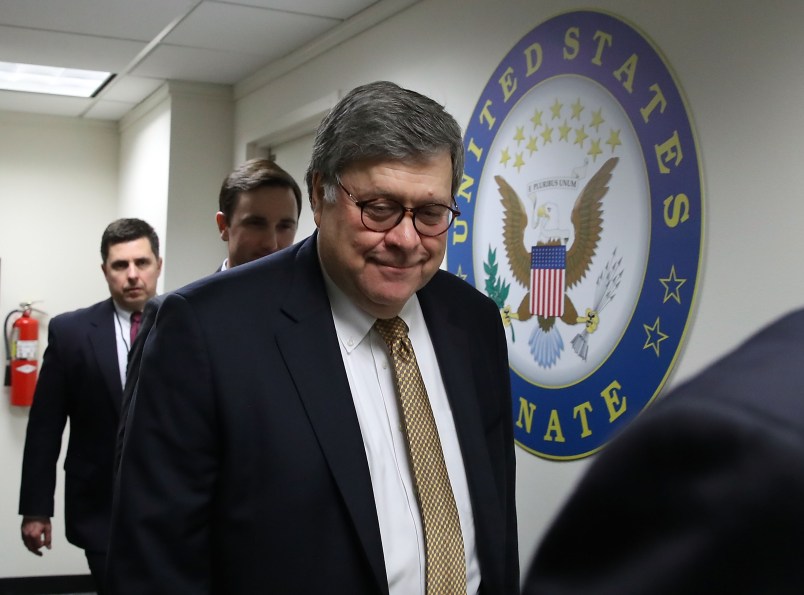
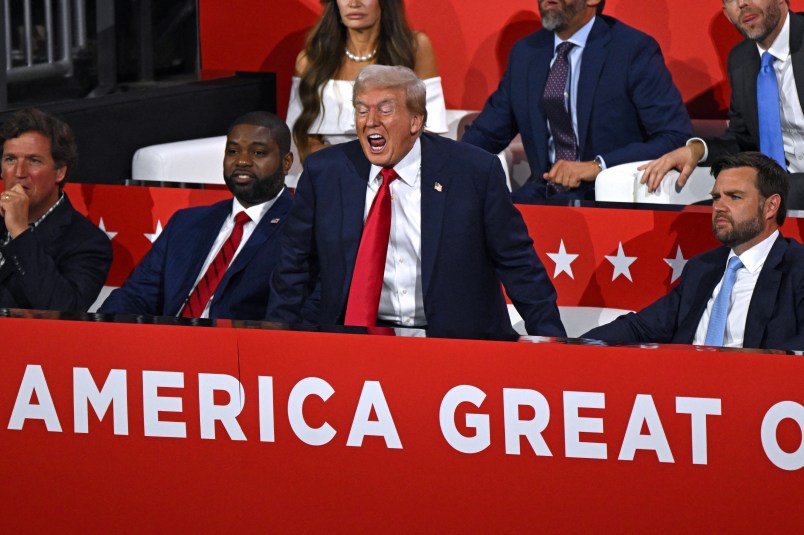
They can try making real cuts in defense spending, for example three different Weapons Systems to nuke the Soviet Union (subs, air, surface missiles), which country has not existed for 26 years anyway, is probably too many! They can try relying upon just two as Barney Frank has said!
But such Common Sense remedies to complex budget difficulties have never caught fire with anyone. So, stalemate, because they’'re not at all serious about this!
This. You’ve got over $600 billion, more than all of the next top countries combined. The gravy train is over, or damn well should be. Cut or scale back a few of those massively expensive weapons systems, close some bases, adapt to a new reality.
What happened to the sequester?
Black guy’s second term ended.
It’s still in force. Republicans want to get rid of it, but only for defense spending, which is a deal-breaker for Democrats.